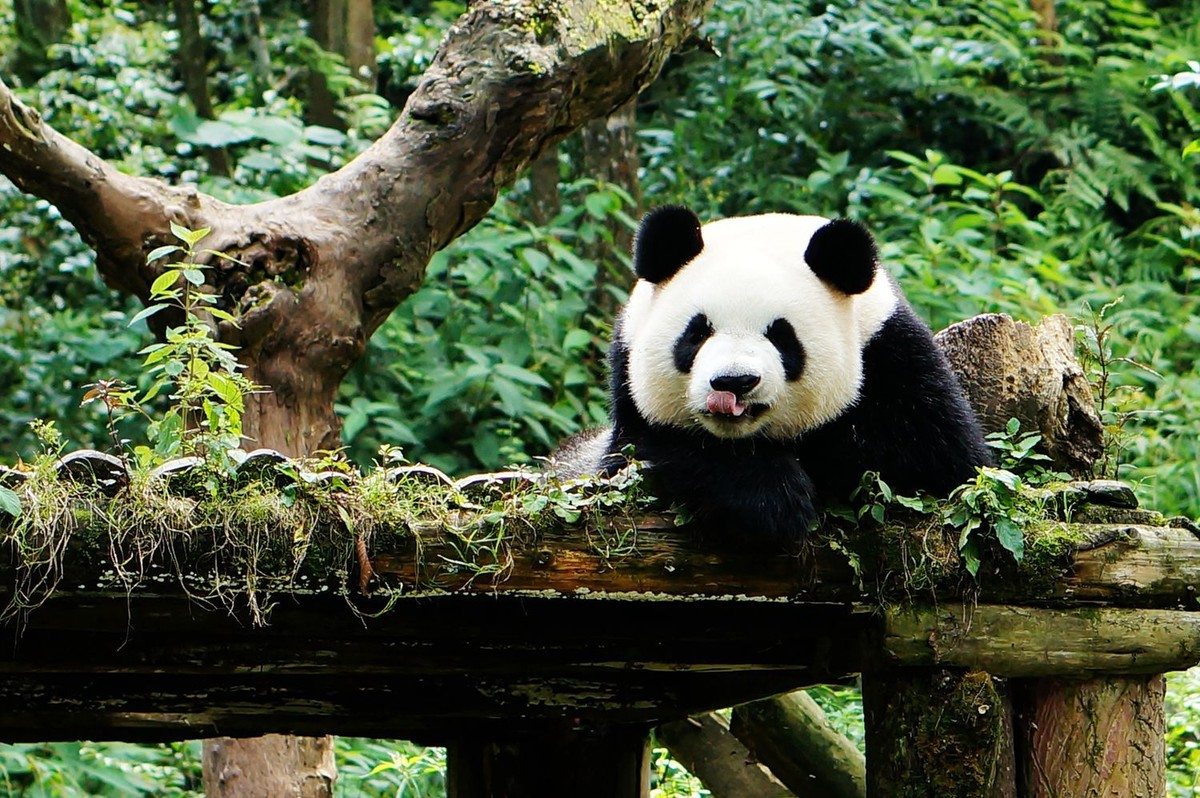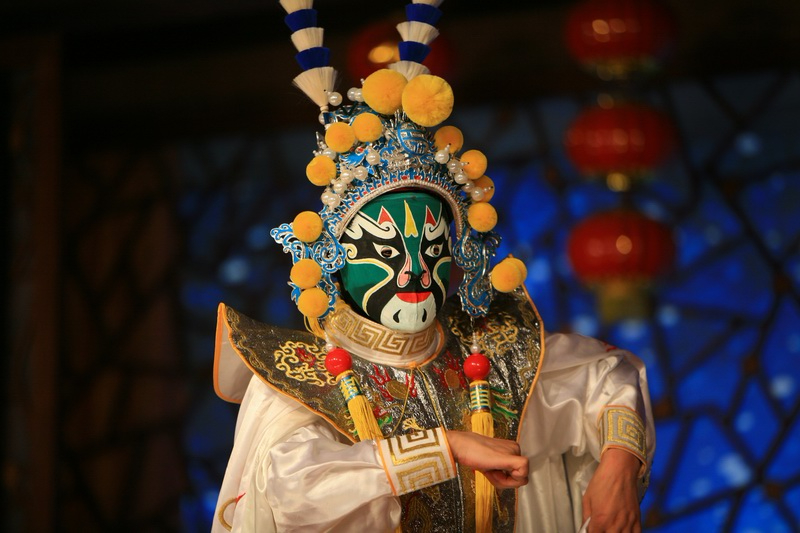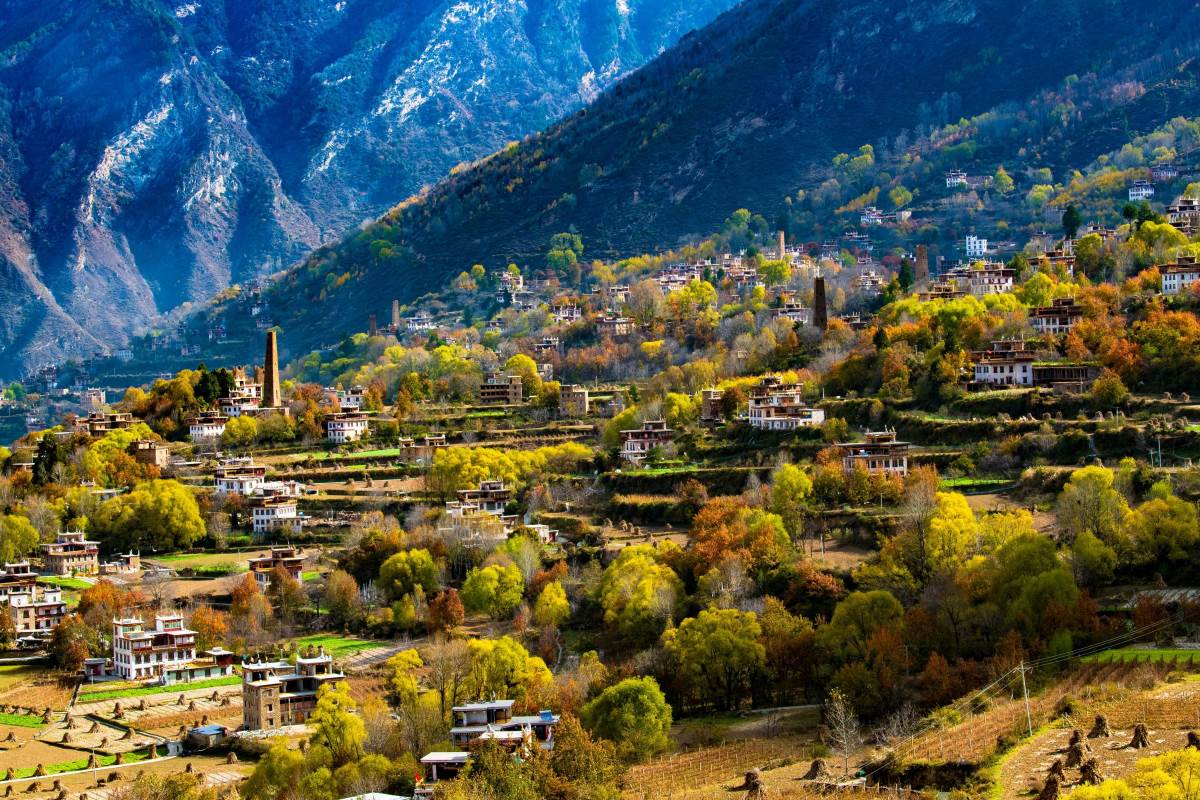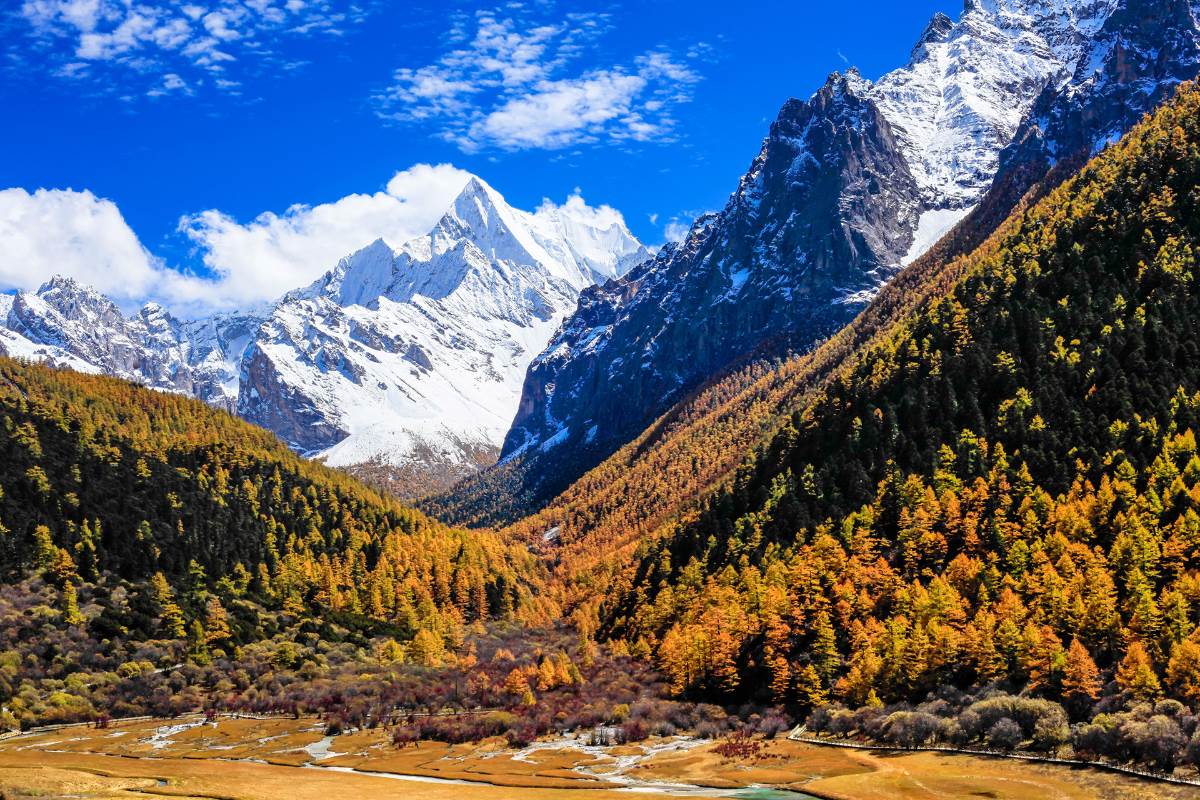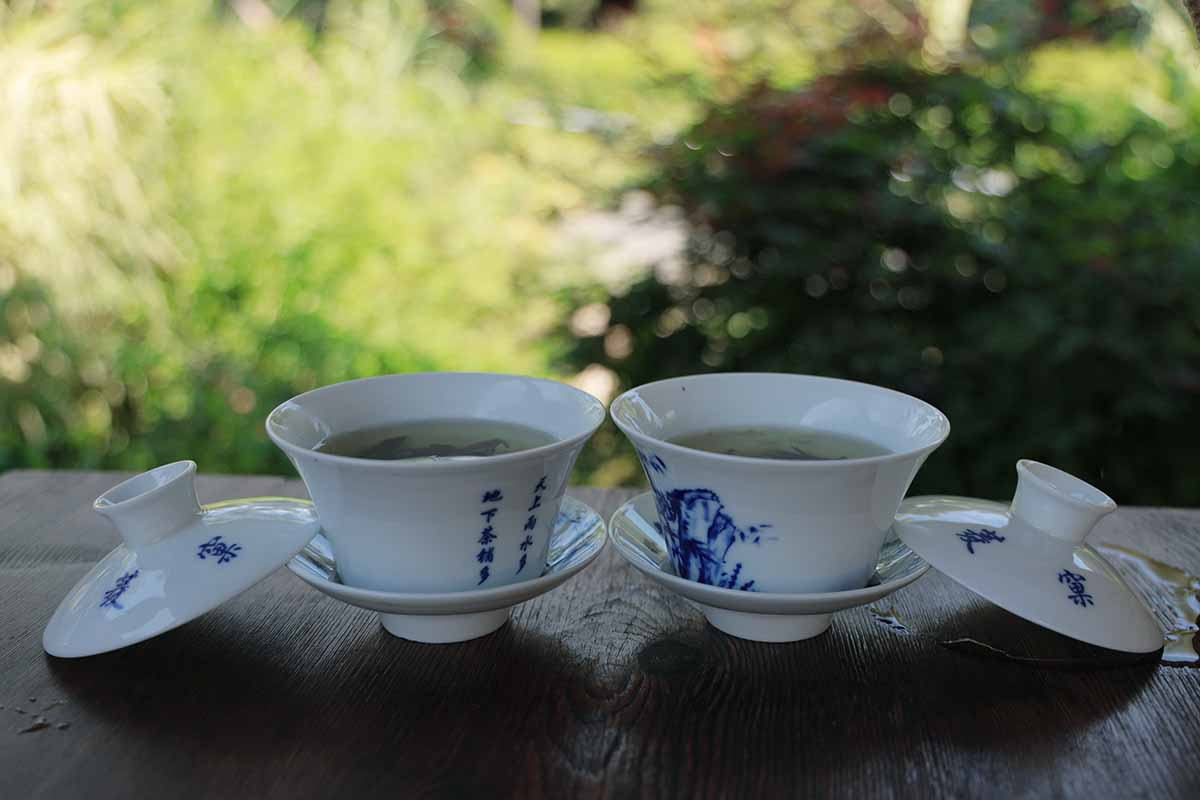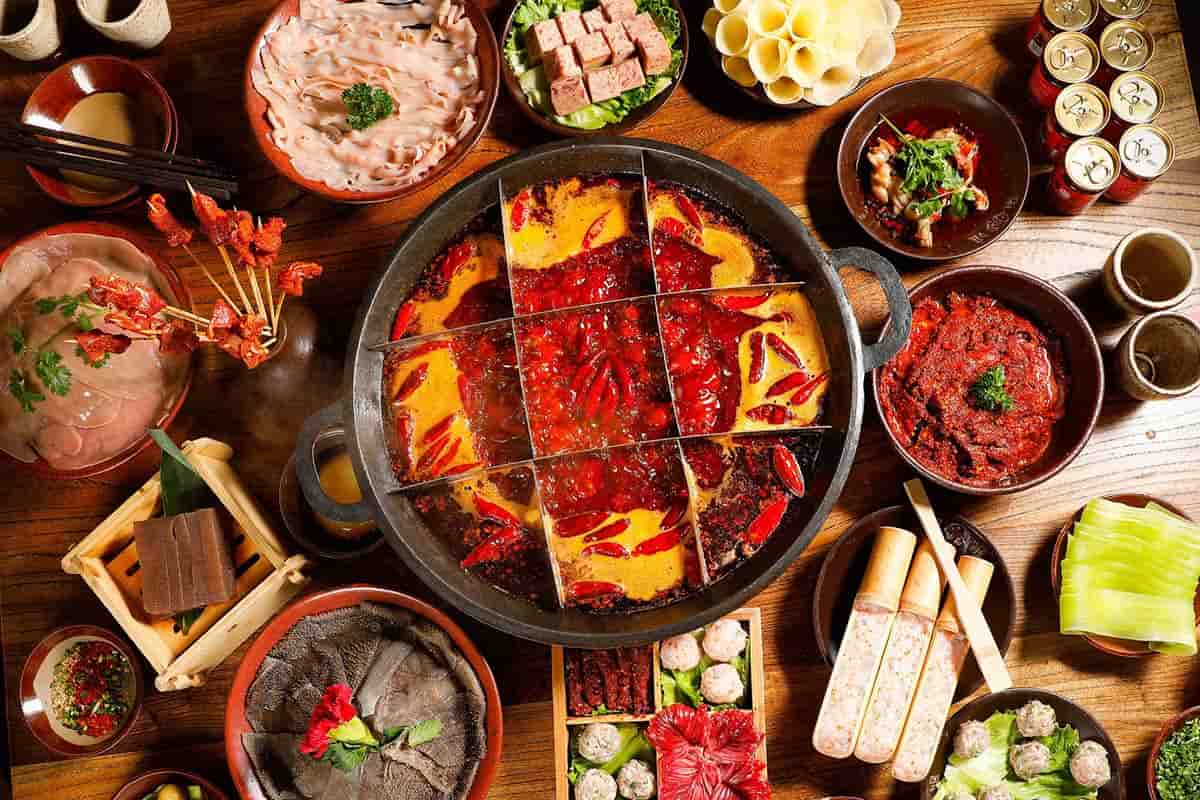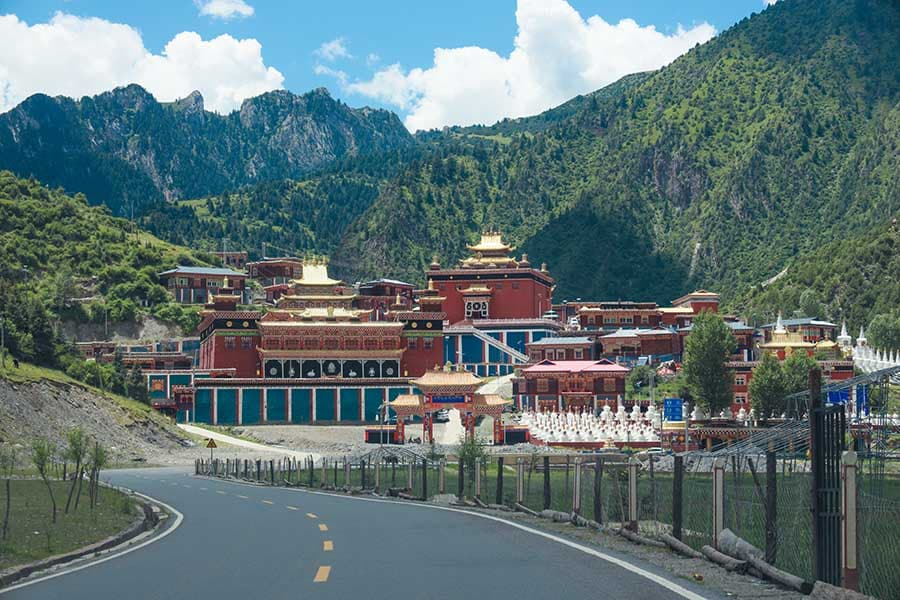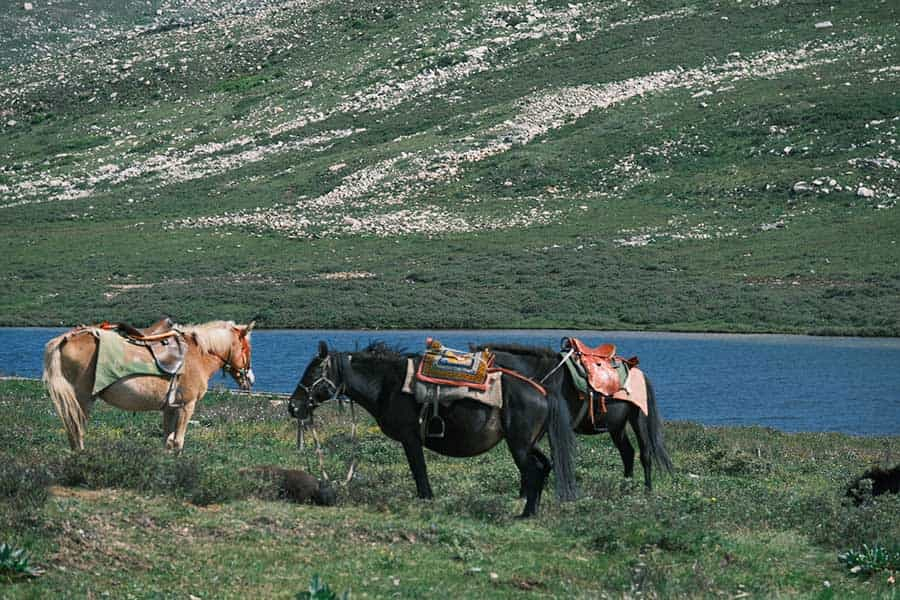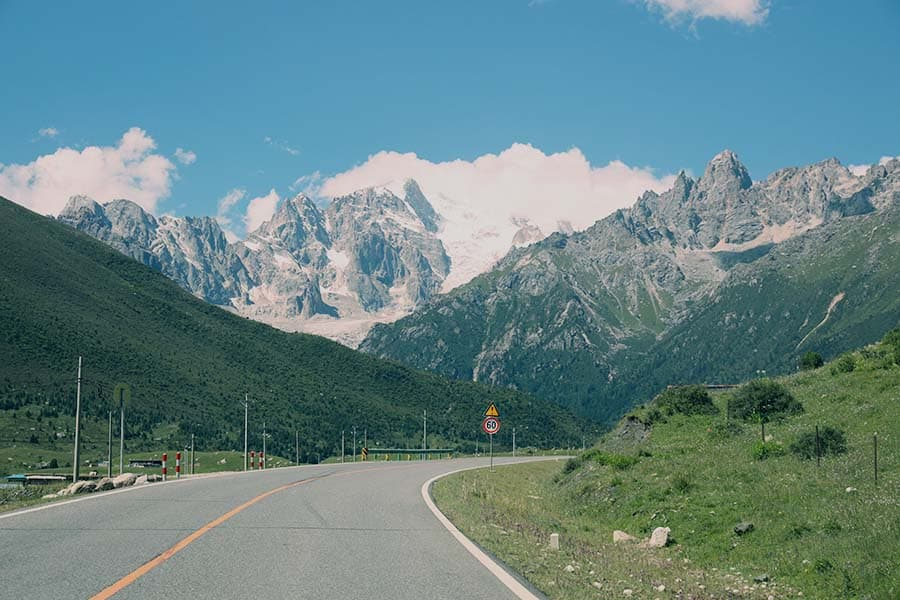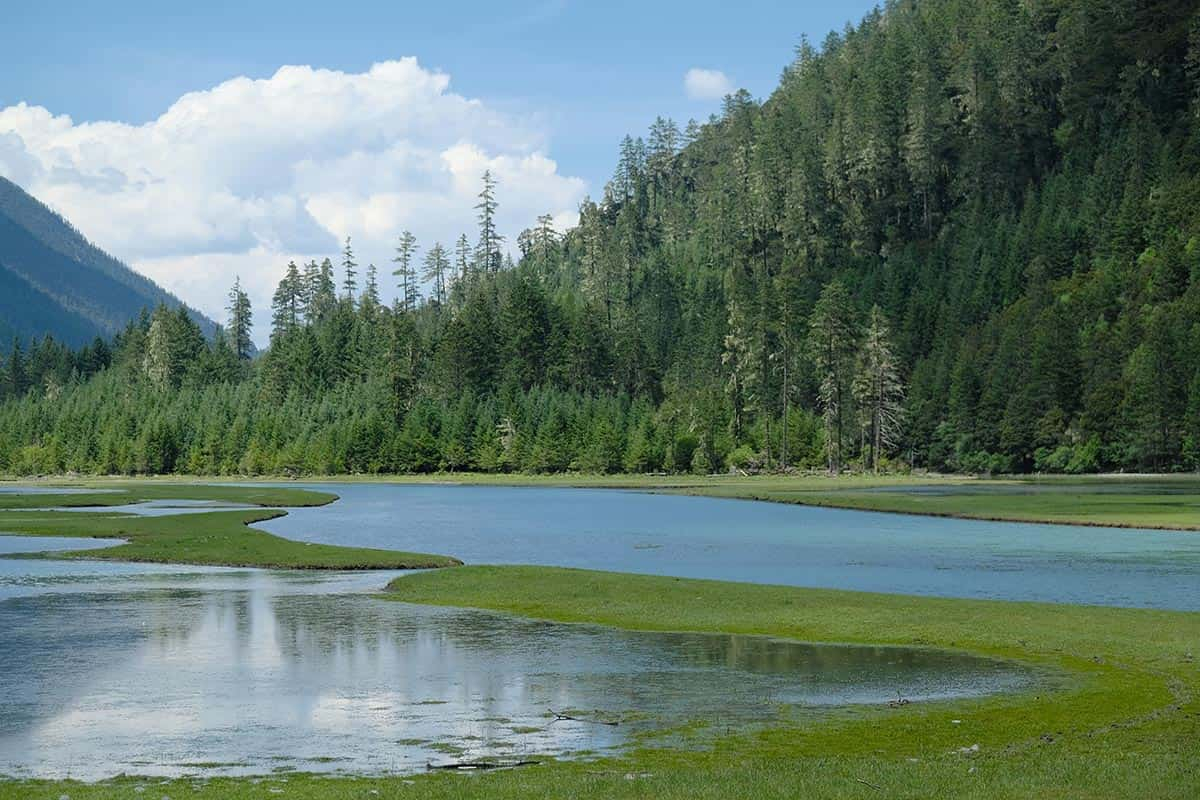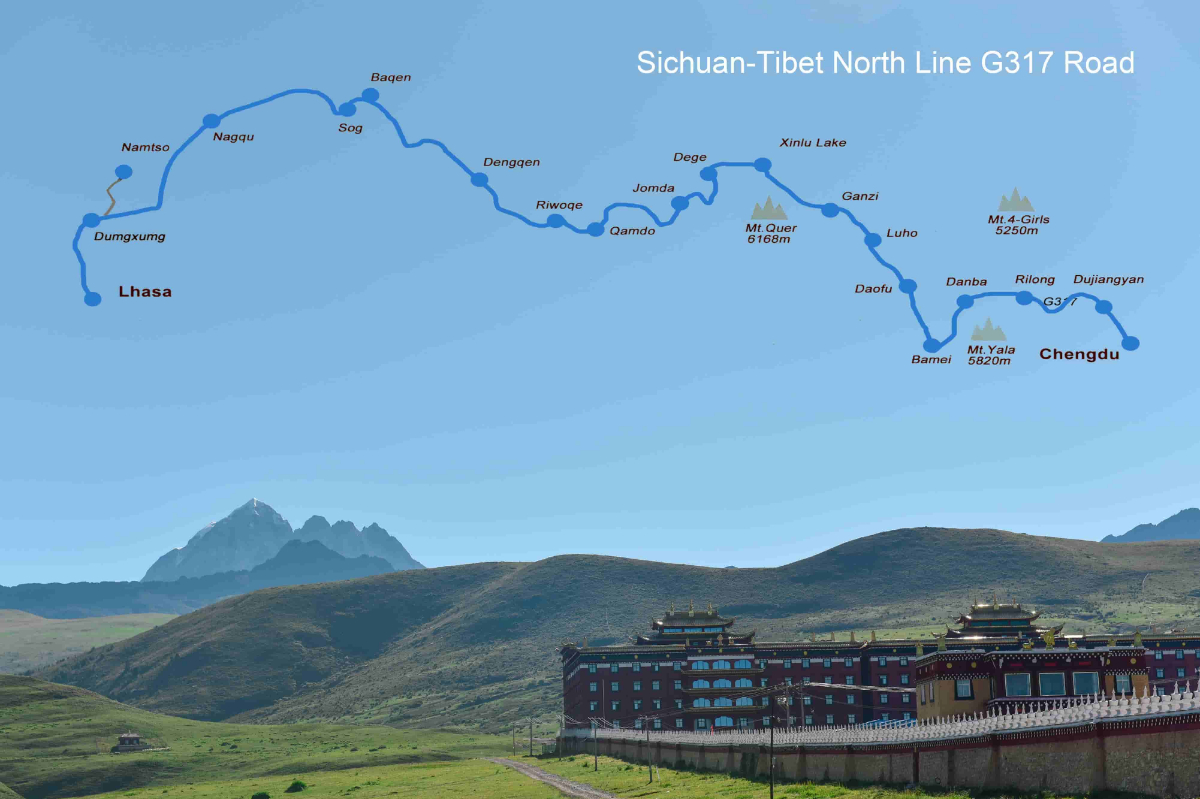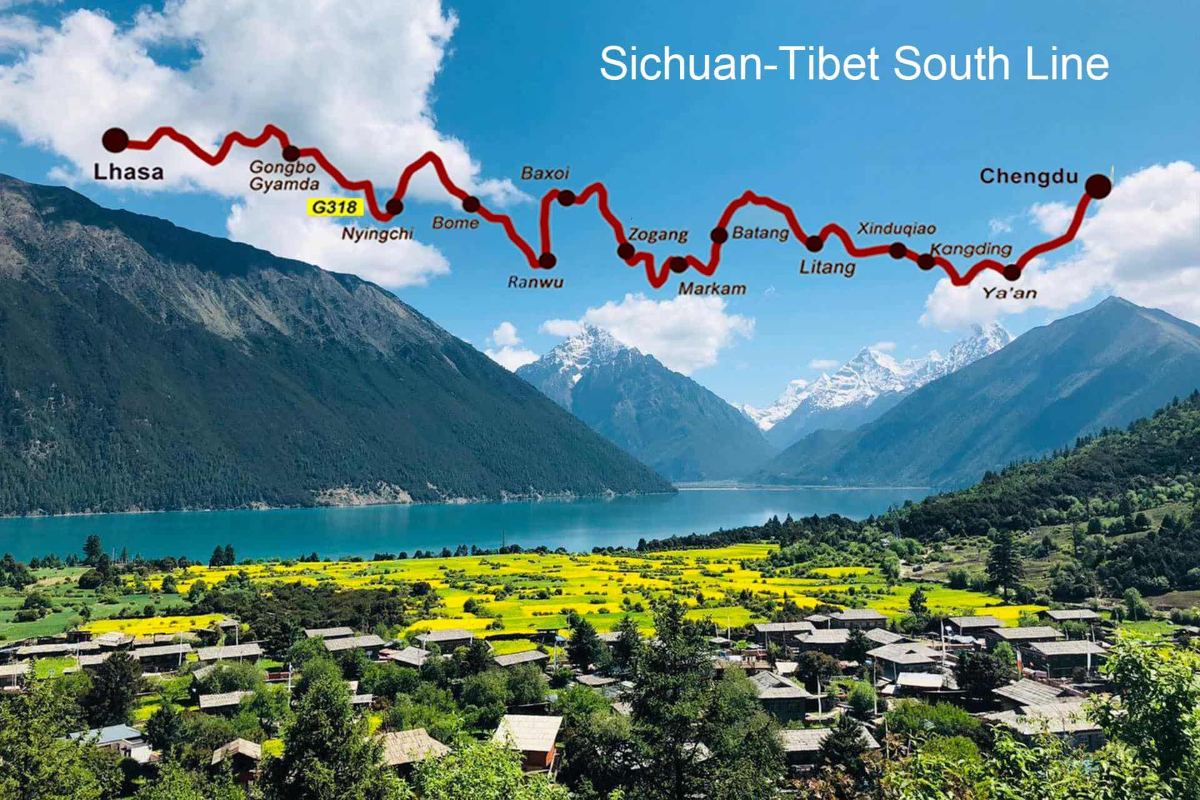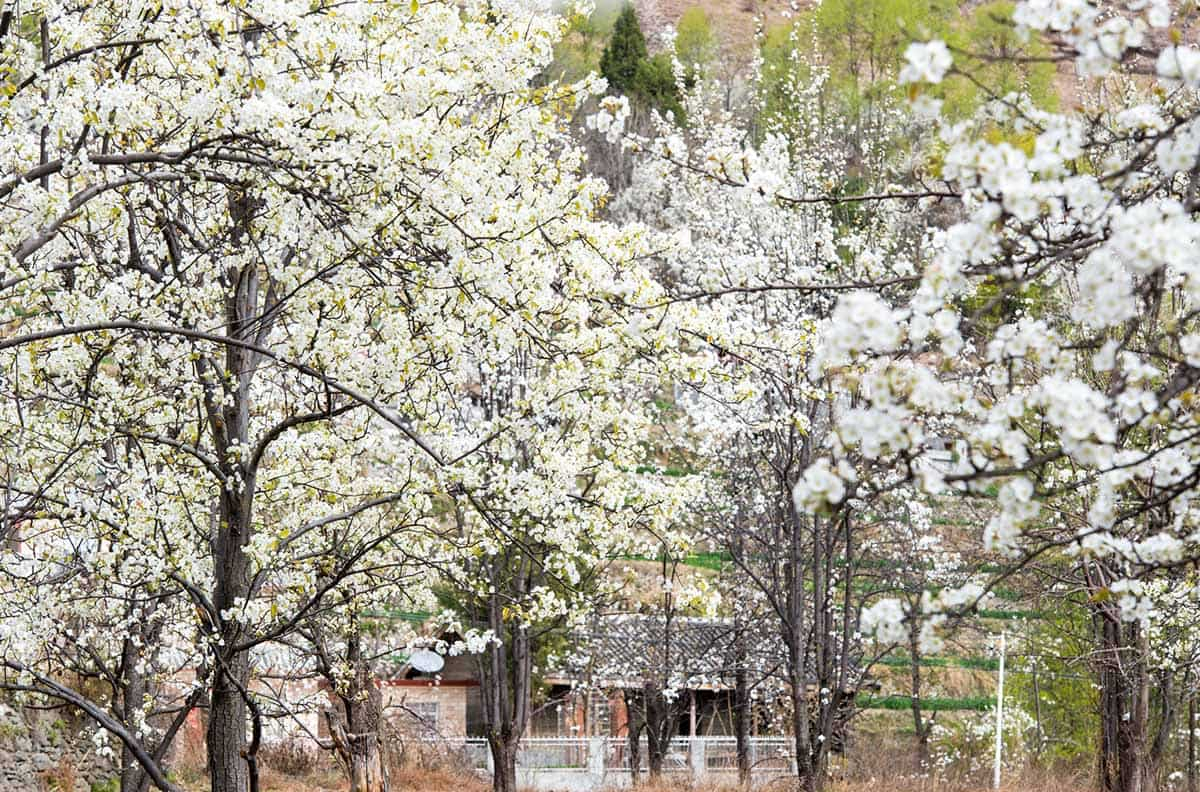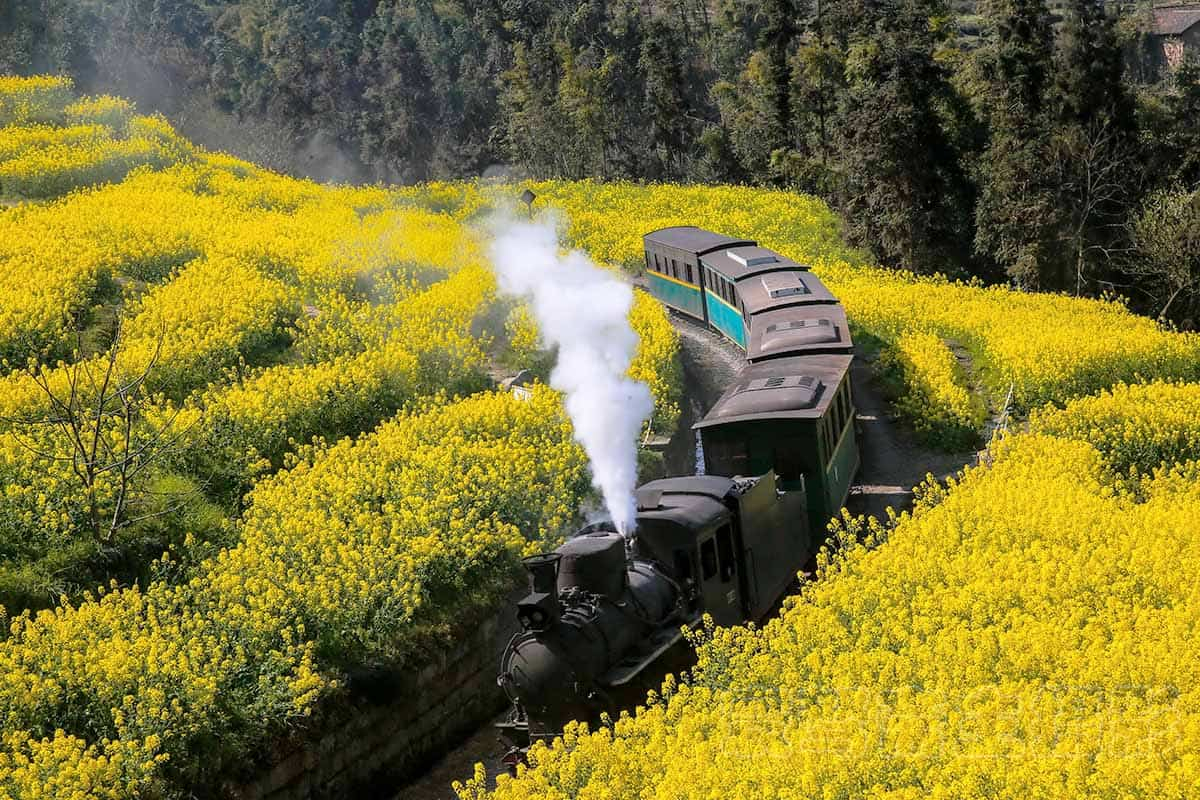Top 10 Recommended places to explore Sichuan
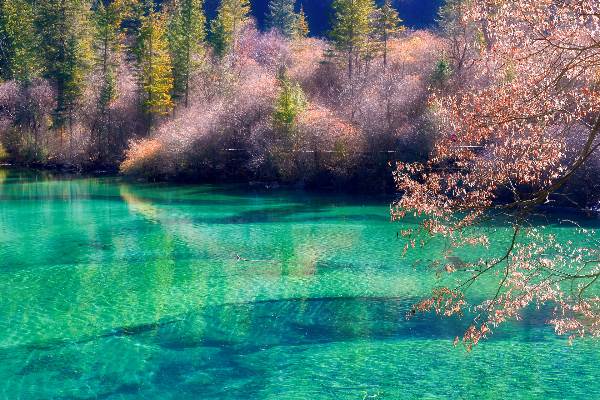
Known for its spicy cuisine and friendly people, Sichan is definitely one of the most popular provinces to visit in China. Home to energetic cities like Chengdu, breathtaking natural parks and wondrous wildlife, the region is highly ranked for cultural and historical significance, and is a place of vibrancy and importance in the largest country in the world. Here’s our definitive guide to the 10 best things to do and see whilst in Sichuan, China.
01. Chengdu Research Base of Giant Panda Breeding
Chengdu Panda Base was founded in 1987. It started with 6 giant pandas that were rescued from the wild. By 2008, it had 124 panda births, and the captive panda population has grown to 83.The base cares also for other rare and endangered wild animals with an area of 560 mus (92 acres), 96% of which is verdure. Giant pandas, lesser pandas, black-necked cranes, white storks as well as over 20 species of rare animals are fed and bred there. Verdant bamboo, bright flowers, fresh air, a natural hill scene and a beautiful artificial view are merged ingeniously at the base.
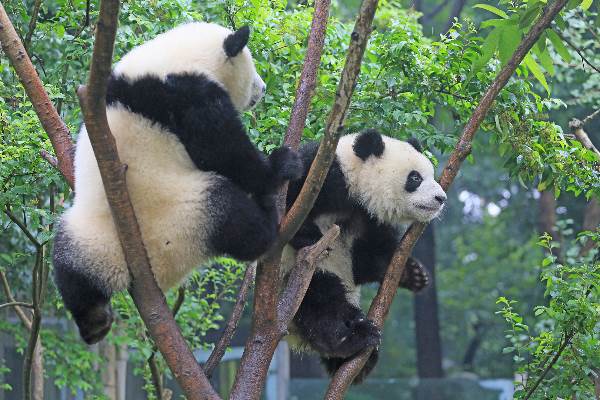
02. Dujiangyan Irrigation System
Dujiangyan City is the county-level city of Chengdu, and it’s famed for Dujiangyan Irrigation System, which is located at the west of Dujiangyan City, sitting on the Ming River in the west of Chengdu. The irrigation system was listed as World Heritage Site by UNESCO in 2000, and it’s the oldest existing large-scale water project in the world. Dujiangyan Irrigation System is regarded as the forerunner of the world conservancy culture.
First built in the Warring States Period (BC475 ~ BC221) under the direction of Li Bing and his son, Dujiangyan Irrigation System has a history over 2200 years. Chengdu is called the”Land of Abundance”, however, it suffered from floods and droughts frequently in ancient time. So in BC 256, Li Bing, as the governor of Shu (todays’ Sichuan) in Qin State, based on the previous water control project, started to build the Dujiangyan Irrigation System under the help of local people. Since its establishment over 2200 years, Dujiangyan Irrigation System has played an important role in flood control and irrigation to Chengdu Plain, and it’s the exact reason why Chengdu has become the “Land of Abundance” in today. At present, the irrigation system benefits over 30 counties and cities, covering an area of one thousand hectares. In 2008, Dujiangyan City was located in the earthquake region of Wenchuan Earthquake. However, the original project of Dujiangyan Irrigation System survived the disastrous earthquake, which fully embodies the high architecture skill of ancient time.
Now, the main attrations in Dujiangyan Irrigation System scenic area are Yulei Mountain, Erwang Temple, Fulong Temple, Anlan Suspension Bridge, water projects, etc.
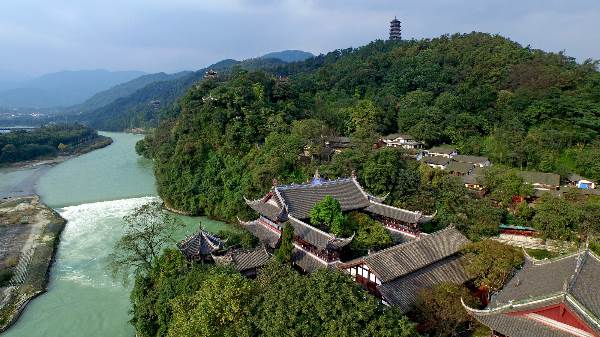
03. Mount Emei
Mt.Emei lies in the southwestern area of Sichuan basin in China. it's one of the most beautiful and popular mountains in central China. Although not one of the Five Sacred Mountains, it is one of the most important Buddhist pilgrimage destinations north of the Himalayas, being counted among the Four Sacred Buddhist Mountains.
Its main peak is called as the Golden Summit while the highest peak, the Wanfoding Summit is 3099 meters above the sea level. As the famous scenic spot and the Buddhist mountain in China, UNESCO inscribed Mt.Emei in the World Natural Heritage List in 1996.
Mt.emei is blessed with clouds Sea, Sunrise, Buddhist halos, Saint Lamps -- these four great spectacles. The central clustering ridges and peaks, wreathed with thin mist, jade green, spurting waterfalls, twittering bird, and the fragrance of flowers, give Mt.Emei the reputation of our country’s famous scenic spot for tourists. Furthermore, the site also contains ancient Buddhist temples, thus Mt.Emei is one of four famous Buddhist Mountains in China, and known as the place of Buddhist Rites of Puxian (Samantabhadra bodhisattva). Generally speaking, there are some beautiful titles of Mt.Emei, such as Kingdom of Plants, Paradise of Animals, Geological Museum, and the Buddhist world.
According to tradition, Mount Emei was one of the first places that Buddhism was introduced to China. The earliest Buddhist monastery was erected here in the first century. Emei is also among the first recorded places to be the site of traditional Chinese martial arts training.
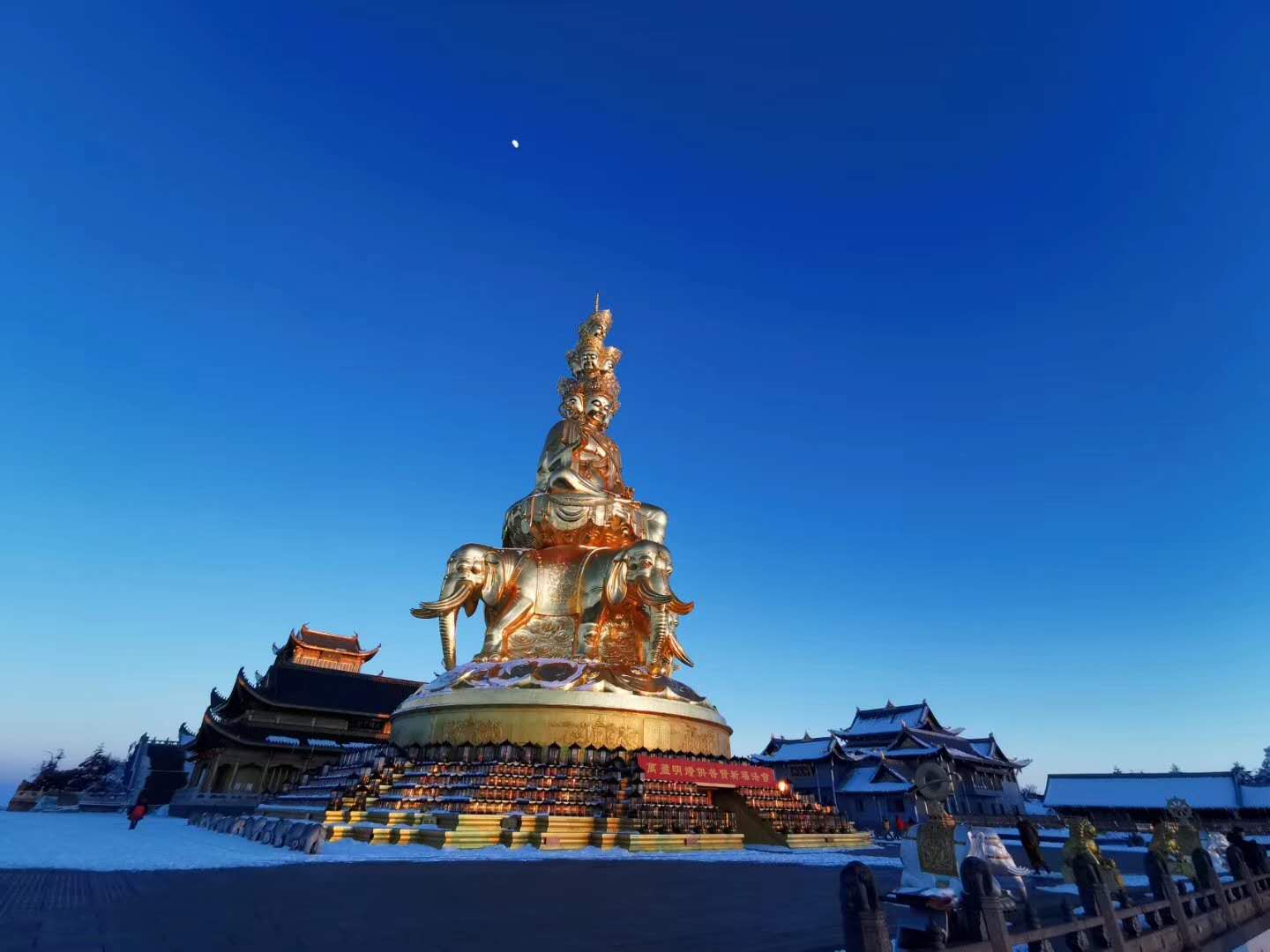
04. Leshan Giant Buddha
The Leshan Giant Buddha (Chinese: 乐山大佛) is a 71-metre (233 ft) tall stone statue, built between 713 and 803 (during the Tang dynasty), depicting Maitreya.It is carved out of a cliff face of Cretaceous red bed sandstones that lies at the confluence of the Min River and Dadu River in the southern part of Sichuan province in China, near the city of Leshan. The stone sculpture faces Mount Emei, with the rivers flowing below its feet. It is the largest and tallest stone Buddha statue in the world[2] and it is by far the tallest pre-modern statue in the world.
The Mount Emei Scenic Area, including Leshan Giant Buddha Scenic Area has been listed as a UNESCO World Heritage Site since 1996.
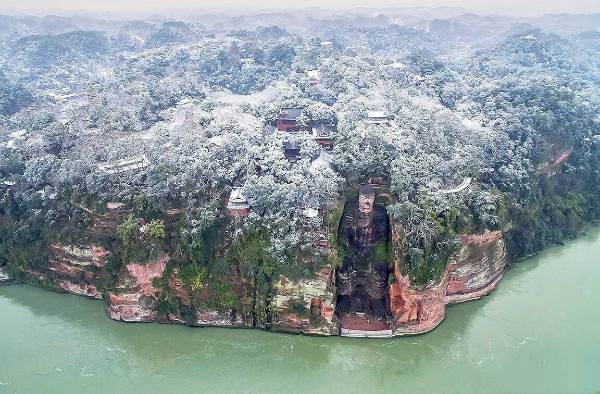
05. Jiuzhaigou Natural Park
Jiuzhai Valley is locally known as Jiuzhaigou (Chinese for “Nine Village Valley”). It is a national park located in the Min Shan mountain range, Northern Sichuan in South Western China. It is best known for its fabled blue and green lakes, spectacular waterfalls, narrow conic karst land forms and its unique wildlife. It was declared a UNESCO World Heritage Site in 1992; the park joined the Man and Biosphere Conservation Network in 1997 and has also received IUCN and ISO 14,001 accreditations.
The superb landscapes of Jiuzhai Valley are particularly interesting for their narrow conic karst land forms and spectacular waterfalls and lakes.
More than just spectacular scenery, Jiuzhai Valley National Park is home to nine Tibetan villages, over 220 bird species as well as a number of endangered plant and animal species, including the giant panda, Sichuan golden monkey, the Sichuan takin and numerous orchids and rhododendrons.
06. Danba Tibetan Village
Well-known as one of the most beautiful destinations in western Sichuan, Danba highlights the clusters of fascinating ancient watchtowers, a number of picturesque Tibetan villages, natural reserves untouched by modern tourism, traditional Jiarong Tibetan custom and more. A number of photographers come here for snow-white pear blossoms in spring and for red leaves ("Cailin" in Chinese) in autumn every year.
Usually distributed along the southern mountain slopes facing the sun, houses in the Tibetan Villages are painted with whitewash. Most of the houses consist of three or four floors, with the exterior walls of the top floors painted yellow, black, dark red and decorated with the patterns of sun, moon, star and other religious designs. The ground floor often makes a barn for livestock, while the upper floors are the kitchen, storeroom, living room, and scripture hall. On the four corners of the roof, there are four white turrets, which are used to show respect to the deities in charge of hills, trees, rivers and lands. Pray banners hanging around the houses ripple in the wind, adding more charm to the region.
Outside the stone and wood built houses, apple trees, pear trees, peach trees, and pomegranate trees grow everywhere. In the hillside fields not far away, villagers plant crops, such as highland barley, rape, corn and potato. Watching from a distance, the colorful exquisite buildings are hidden in lush woods with a backdrop of snow-capped mountains, giving a sense of mystery and sanctity. When in spring, with flowers coming into blossom successively, the villages are more gorgeous shined by the sun.

07. Daocheng Yading Nature Reserve
Honored as the “last pure land on our blue planet”, Daocheng Yading Nature Reserve was first introduced to the world when the famous American adventurer Joseph F. Rock published an article and photographs of Daocheng in the National Geographic in 1928. “Where in all the world is to be found scenery comparable to that which awaits the explorer and photographer!”, he wrote. The snow-capped mountains, steep cliffs, crystal clear lakes, vast pastures, as well as the dense woods compose a harmonious utopian land.
Holy snow-capped mountains, lakes and temples, once accessed only by the odd explorers, red, yellow and green trees form a dazzling autumn vista at Yading Nature Reserve Park, which is now attracting a host of visitors seeking "the last Shangri-la" in China.
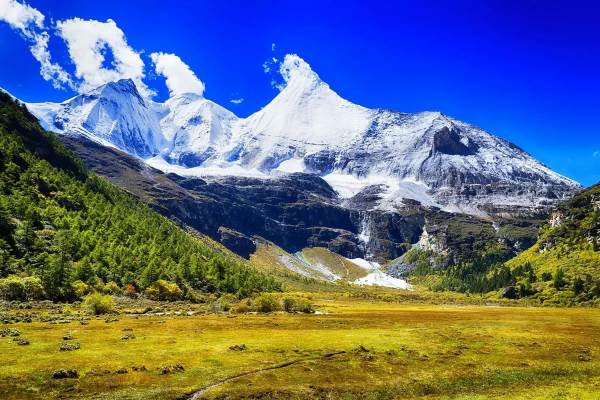
08. Xinduqiao
Xinduqiao is also called East Russia. It is a small town located in the west of Kangding County. The altitude of Xinduqiao is about 3300 meters. Although there is no prominent landmark landscape, Xinduqiao is well known as the paradise for Photographers, with more than 10 kilometers’ long “photographer corridor”
Xinduqiao is a picturesque small Tibetan town and famous for its plateau pasture scenery, with vivid green grassland, streams, mountains, and Tibetan counting houses surrounding it. The Tibetan houses in the town have very spacious yard, red lacquer doors and white walls, mostly built with stones. People can also overlook the Gongga Mountain which is the most magnificent mountains in Sichuan province.
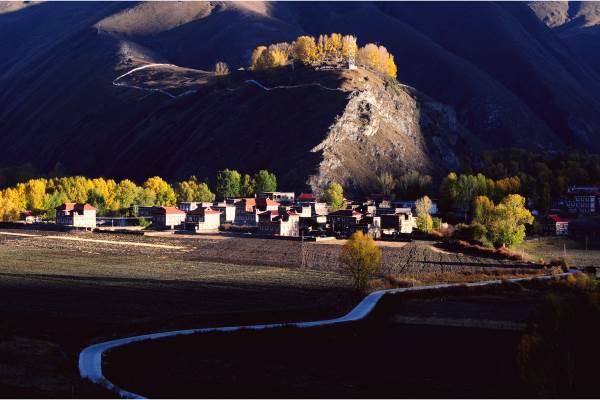
09. Mount Siguniang
Mount Siguniang National Park lies 220km west of Chengdu, in the Qionglai Mountains of western Sichuan in China. The park is comprised of Mount Siguniang itself and the three most accessible valleys surrounding it. The nearest town is Rilong (日隆镇). The three valleys are called Changping Valley (长坪沟), Haizi Valley (海子沟) and Shuangqiao Valley (双桥沟). The first two lie adjacent to Siguniangshan, whilst the Shuangqiao Valley is 7km west of Rilong. The Changping and Haizi Valleys are accessable only by non-motorized transport while the third valley has a paved road and is where most of the tourists visit. The Shuangqiao Valley also has 28km of boardwalk extending to the valley's end, whilst the first 3km of the Changping Valley is equipped with a boardwalk.
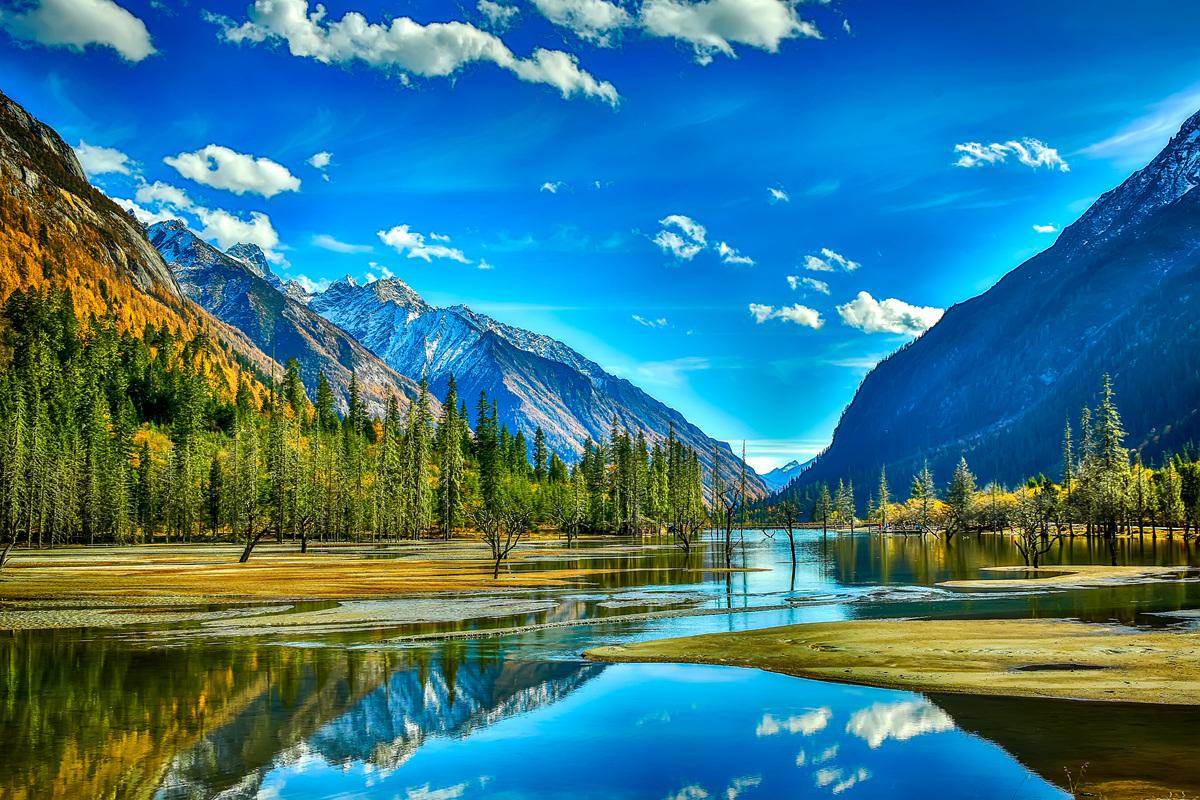
10. Hailuogou Glacier
Hailuogou Glacier is situated in the southeast of Ganzi Zang Autonomous Prefecture of Sichuan Province . It is the maritime glacier with the lowest altitude in East Asia. Hailuogou is also called the No. 1 Glacier for it is the longest one among all the 74 glaciers in Gongga Mountain .
Hailuogou Glacier is 14.7 kilometers long, covering an area of 23.2 square kilometers. The highest peak is 6750 meters above sea level, while the lowest is 2850 meters. In Hailuogou, there is the highest and grandest glacier waterfall in China, which is 500 to 1100 meters wide and 1080 meters high. The glacier is streched into the virgin forest for 6 kilometers, and formed the fancy scenery of the coexistence of the glacier and forest. It is said that in Hailuogou you can experience four seasons, and different weather in one day. It is an ideal place for traveling, and exploration.
At the foot of Hailuogou, there are 45 peaks around, which are more than 6000 meters high. Each peak is covered with snow all year round. On a fine day, when the sun rise, the light are pouring on the peaks, makes the peaks golden.
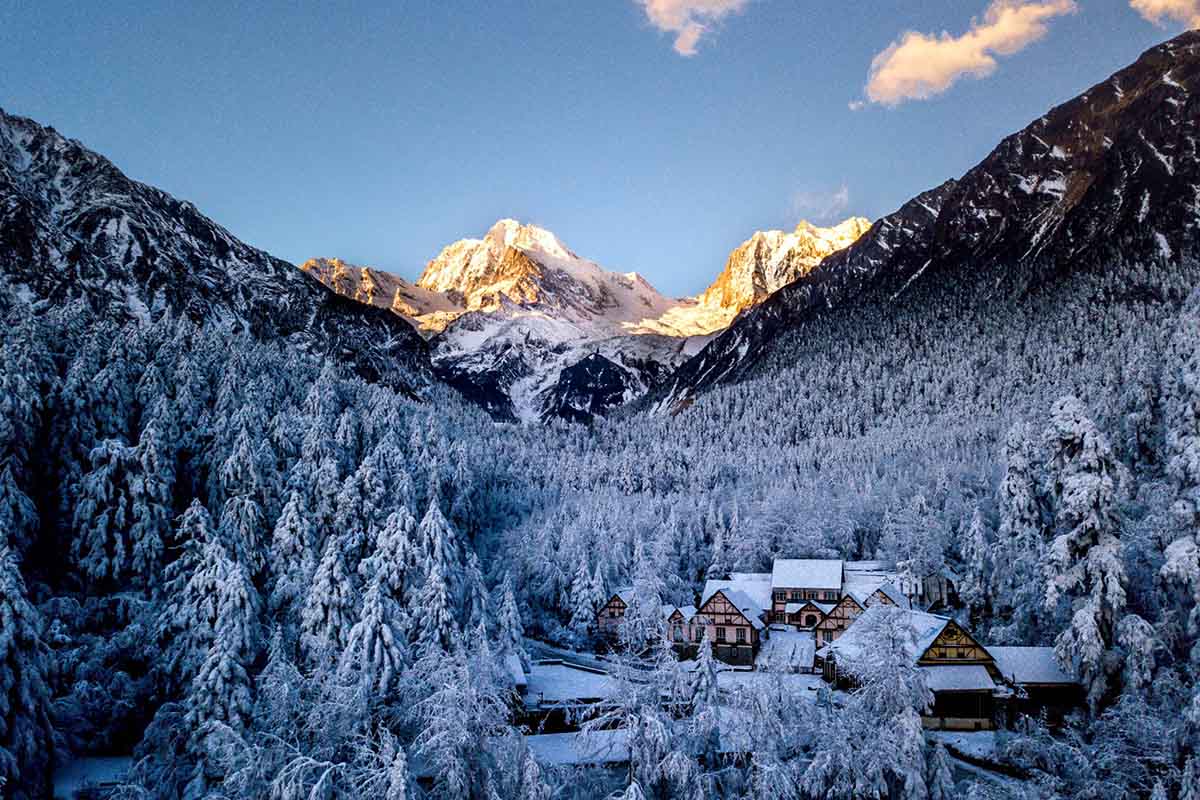
You Might Like
- HOTEST
- RECOMMEND
